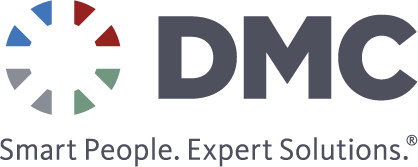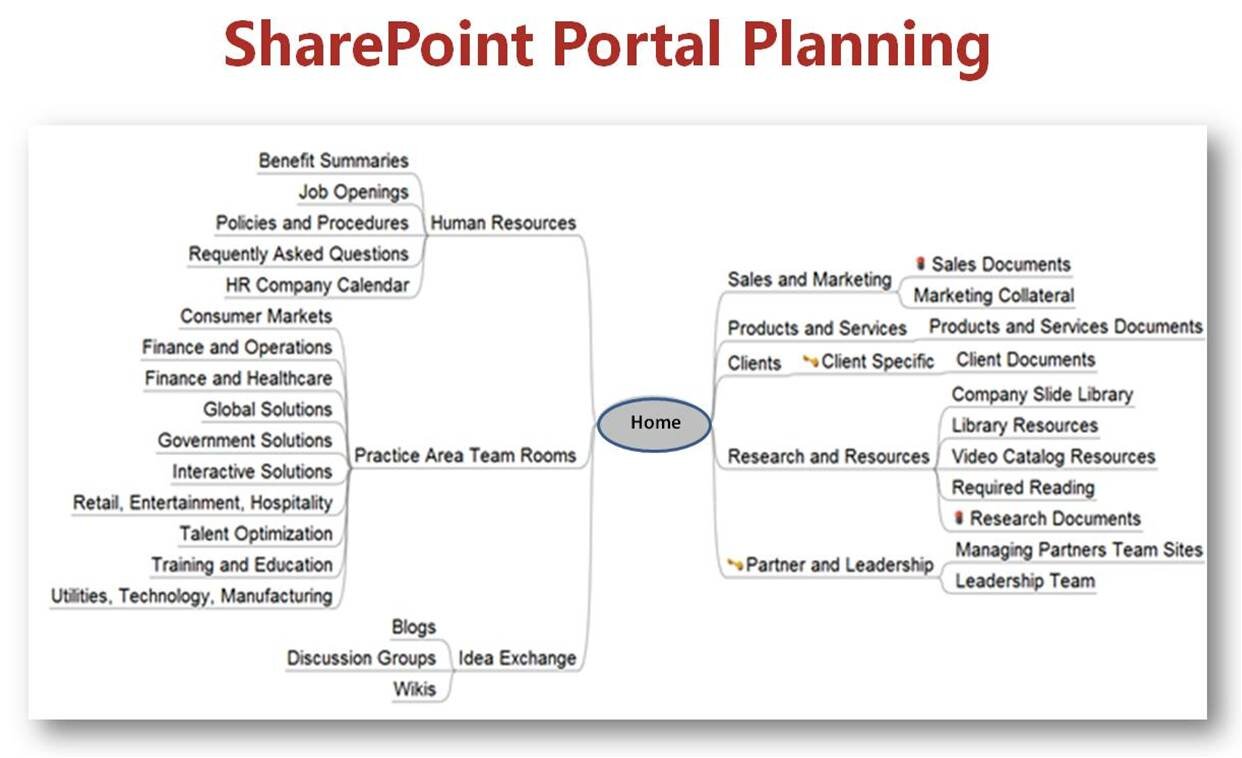Beginning a Microsoft SharePoint Portal implementation is exciting, as it holds great promise to deliver value to everyone in your organization. To make your SharePoint Portal project a success, it's important to do some up front planning.
In this video blog, I describe some key factors to closely consider when planning your SharePoint Portal.
Functional Planning:
- Features – Collaboration, Business Processes, Content Management, Search, Web 2.0, and KPIs/Dashboards
- Versions – SharePoint 2010, SharePoint Foundation, Windows SharePoint Services 3.0 (WSS 3.0), and Microsoft Office SharePoint Server 2007 (MOSS 2007)
- Portal Taxonomy – Site map and structure to make it easy to find content on your SharePoint Portal
Technical Planning:
- SharePoint Farm Architecture – Single-server or Multi-server farm; Failover and redundancy
- Technical Infrastructure – Hardware sizing; SQL Server Express or Standard; 32-bit or 64-bit
Implementation Planning:
- Resources – Project Manager, Business Analyst, SharePoint Developer; Internal or External leadership
- Cost – Software licensing, Hardware infrastructure, and External labor
- Schedule – Phased or Big-bang; 6 weeks or 6 months
Related DMC SharePoint Video Blogs:
Automating a SharePoint Dashboard is Essential
Feature Comparison of SharePoint 2010, Foundation, MOSS, and WSS
I hope you found this video blog informative. Please feel free to get in-touch with me directly (rick.rietz@dmcinfo.com) if you have questions about planning your SharePoint Portal or need help implementing SharePoint to maximize its benefit to your business.







